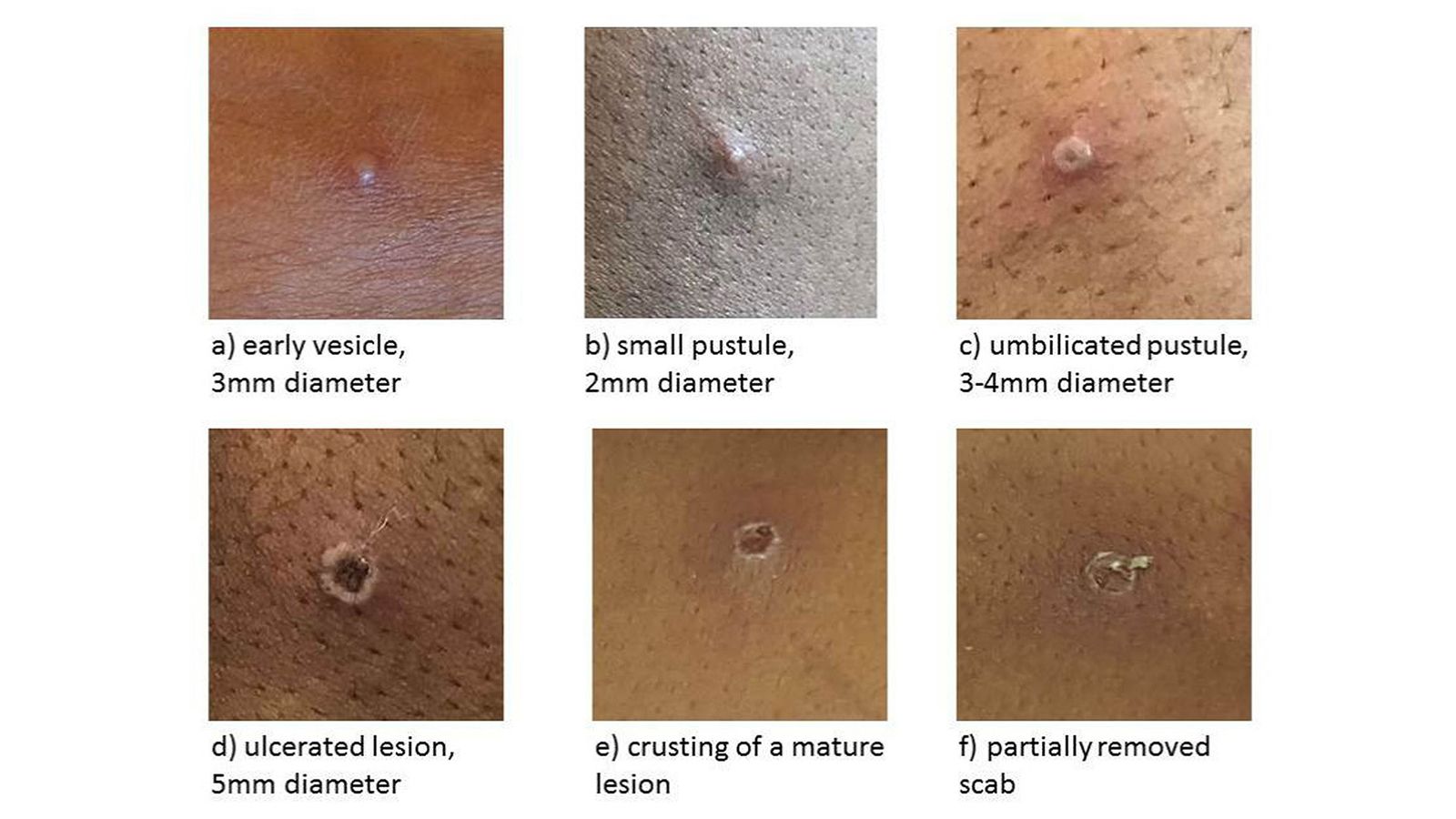Monkeypox is very difficult to catch from someone carrying the infection and is mostly caught from infected wild animals in west of central Africa.
The illness for most people is mild with full recovery taking up to four weeks, while the chance of catching it in the UK is currently very low.
According to the NHS, you can catch monkeypox if you are bitten by an infected animal or if you touch its blood, body fluids, spots, blisters or scabs.
Catching it from an infected person is very uncommon, but transmission is possible through touching clothing, bedding, towels or other items used by someone with the rash.
Contact with their blisters or scabs or exposure to their coughs or sneezes could also put you at risk.
Health experts have said the infection can also be caught by eating meat from an infected animal that has not been cooked properly.
It is also possible to catch monkeypox by touching other products such as skin or fur which came from an infected animal.
The rare infection is mostly spread by rodents, such as rats, mice and squirrels, in parts of west or central Africa.
If people travel to destinations in those regions, they are advised to regularly wash their hands or use hand sanitisers and only eat meat which has been cooked thoroughly.
To further minimise infection, people should not go near wild or stray animals, including those that are dead or appear to be unwell.
What are the symptoms to look out for?
It normally takes between five and 21 days for symptoms to appear.
The initial symptoms include a high temperature, headache, muscle aches, backache, swollen glands, shivering and exhaustion.
A rash will usually appear between one and five days after the first symptoms, beginning on the face and then spreading to other parts of the body.
It can be confused with chickenpox as it begins with raised spots.
The symptoms will usually disappear in two to four weeks, although some people will need hospital treatment.






















